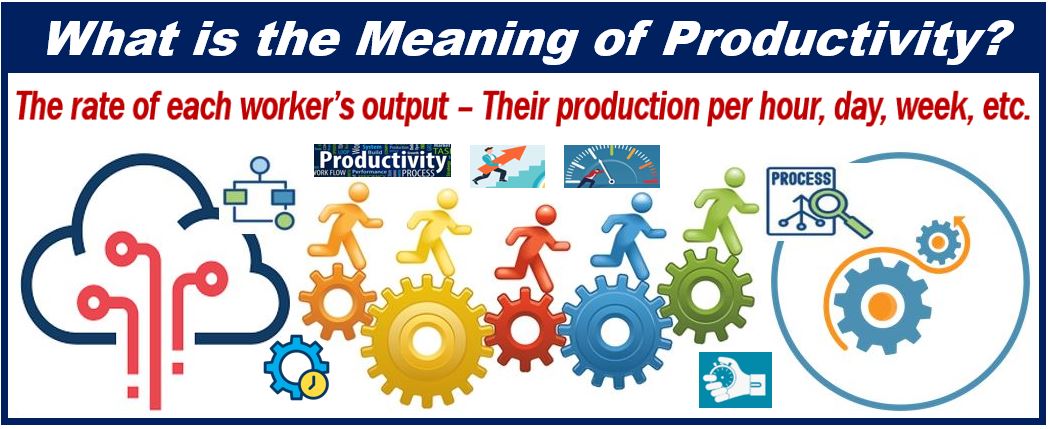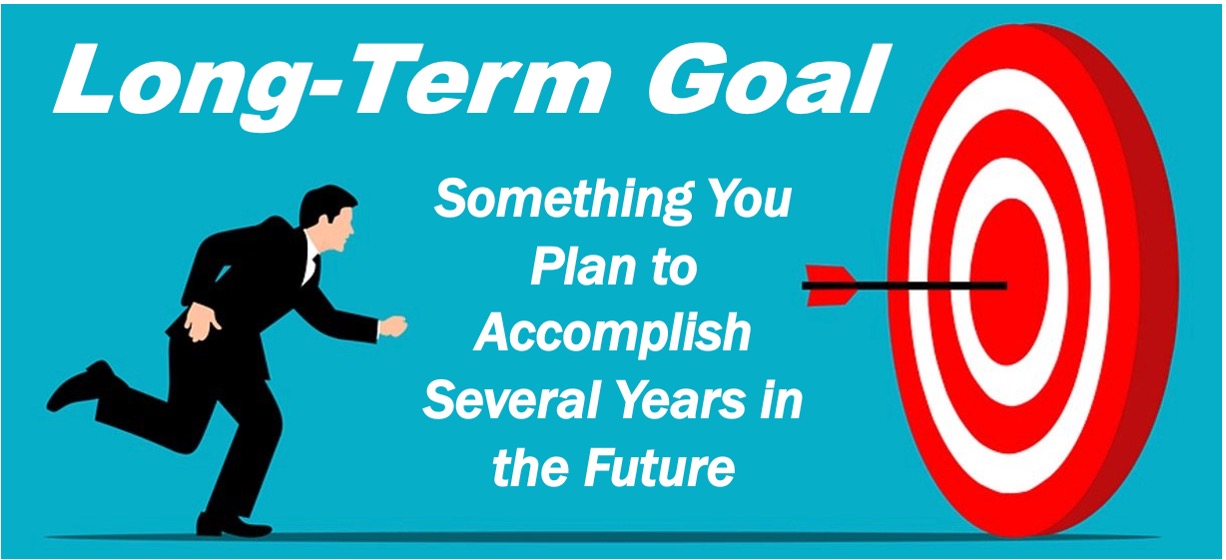The need for greater productivity has increased as a result of technological improvements, customer expectations, and globalization. And productivity is no longer restricted to measuring inputs and outputs as it once was.
Increasing productivity is essentially a matter of working more efficiently. You can search for chances to increase efficiency virtually everywhere in your organization.
Here are several important considerations to keep in mind once you start working on your productivity levels at the office.

Use templates
Modern entrepreneurs have accepted the use of templates for corporate tasks as a time-saving measure. It simplifies the work process and frees up time for more complex business operations.
In addition, you won’t have to start from the beginning each time a task is completed. You simply insert the original data without preparing the structure, thus saving time.
For instance, if you’re rethinking your branding strategy, you can start with a solid brand strategy templates manager and see the positive benefits regarding productivity at the office. The ability to templatize your collateral will help increase productivity and save time.
The output rate increases when communication is precise, timely, and swift. This can only be accomplished by repeating a specific task until it can be completed on autopilot.
Over time and with the use of templates, your fingers become accustomed to pressing the required keys and checking the proper boxes. As you grow more proficient with using templates, you will be able to easily incorporate the required information into the templates.
Set your OKRs

In a perfect world, all employees would understand how their work contributes to the organization’s mission. Everyone who works for you should understand how their actions contribute to the growth, improvement, or fulfillment of the organization’s mission statement.
And you can ensure they understand it by measuring OKRs or objectives and key results. OKRs have acquired traction in the business sector over the past two decades, particularly after gaining popularity at Google.
When an organization begins using OKRs for the first time, it is usual for initial performance to be subpar. Plan on failing the first few times, not in terms of achieving the goals you set, but in terms of coming up with meaningful goals and the appropriate key results to measure them.
The goals should be ambitious, but not unachievable. The important results must be measurable, and it is advantageous if you’re already measuring them to establish a baseline.
Also, keep in mind that even using a simple OKR tool can go a long way in this process. It should allow you to easily set objectives, measure and track results, automate check-ins and weekly planning, and also help boost work culture.
Re-evaluate the current state of things
Examine your procedures by considering them from the perspective of a possible investor. Always keep the long-term aim and vision of the company in mind, and check to make sure that the processes you use achieve those goals and create value.
Create an accurate map of each step in the movement of information and material through your organization. When you do this, you will be able to better comprehend the links between the various aspects of your production, and you will be more equipped to find and get rid of waste throughout your entire business.
Focus on long-term goals

Prioritizing everyday necessities should go hand in hand with putting long-term objectives on the back burner. Consider which of your everyday, short-term objectives contribute to your long-term objectives.
Don’t worry if the answer seems to be “none.” Consider whether or how you might leverage some of your short-term tasks to advance your long-term objectives.
You may discover that some of your day-to-day tasks interfere with your long-term objectives. If this is the case, reevaluate your short-term actions and modify them to align with your long-term goals. Also, consider eliminating items that cannot be altered to fit.
It’s easy for busy individuals to lose sight of their long-term goals. If you find yourself in this situation, don’t panic. Step back and recalibrate to get your bearings.
Kiss (most) meetings goodbye
Meetings are the most time-consuming activity for many companies. More than 70% of senior managers in a variety of businesses think that meetings are unproductive and inefficient. A comparable amount of people claim that meetings prevent them from finishing their own work.
So, in contrast to increasing their productivity, meetings have the opposite effect. Even though it’s tempting to attend every meeting in order to stay informed, the majority of meetings are a waste of time.
Obviously, some meetings are necessary. However, if you sort out your priorities, you can easily see which ones you should organize and which ones you can skip. If you are unable to reduce or combine meetings, try scheduling them consecutively or in clusters.
Final words
Productivity has benefits that extend beyond its influence on jobs and companies. Increasing productivity frequently decreases stress and leads to more free time, both of which improve our lives.

